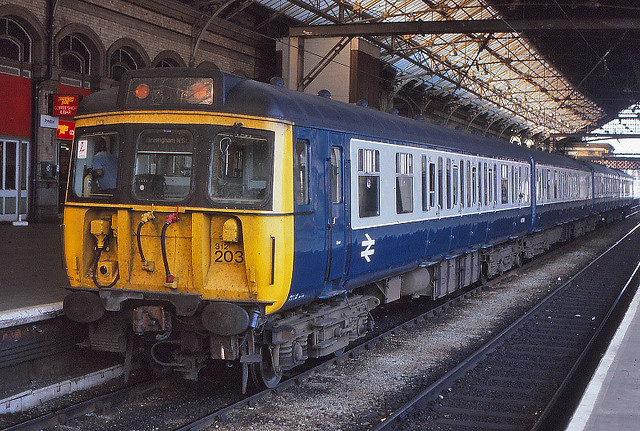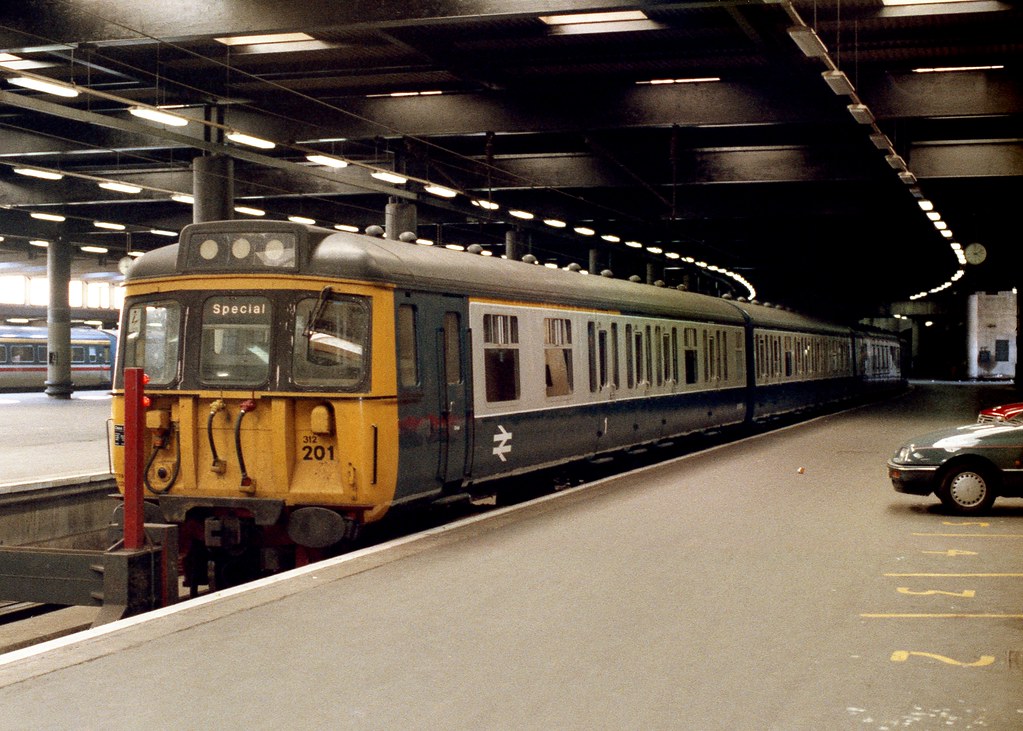GS250
Member
- Joined
- 18 Mar 2019
- Messages
- 1,023
Hi All
1) Were AM12's ever used on the London Midland? I recall seeing a few passing through Harrow and Wealdstone but possibly empty stock workings.
2) It was brought up on another thread that AM10's were rather leisurely in their acceleration, even for the period. The AM12's by comparison, not only had a higher top speed, but I recall were fairly quick off the mark too. I remember hearing in a cab ride video that an AM12 diagrammed to depart 3 minutes after an HST could often temporarily 'catch' the Tees Tyne Pullman on a double yellow from Kings Cross. Yet looking at the specs that had identical power output to the AM10's. What was the main difference as to their superior performance I wonder?
Cheers.
1) Were AM12's ever used on the London Midland? I recall seeing a few passing through Harrow and Wealdstone but possibly empty stock workings.
2) It was brought up on another thread that AM10's were rather leisurely in their acceleration, even for the period. The AM12's by comparison, not only had a higher top speed, but I recall were fairly quick off the mark too. I remember hearing in a cab ride video that an AM12 diagrammed to depart 3 minutes after an HST could often temporarily 'catch' the Tees Tyne Pullman on a double yellow from Kings Cross. Yet looking at the specs that had identical power output to the AM10's. What was the main difference as to their superior performance I wonder?
Cheers.


